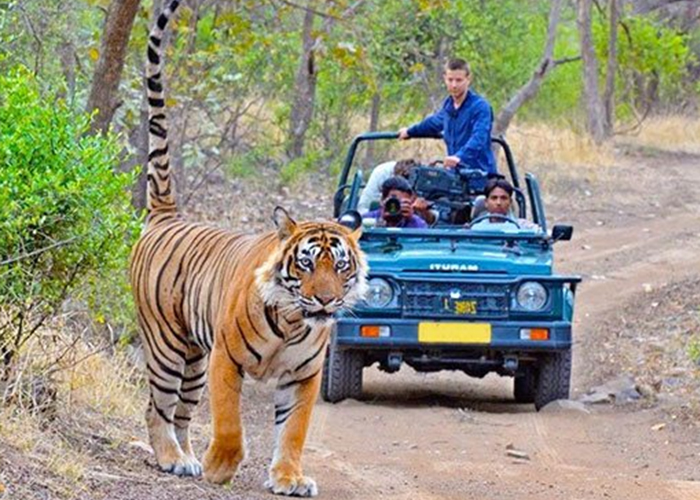Jim Corbett National Park, nestled in the picturesque foothills of the Himalayas, is not only India's oldest national park but also one of its most renowned wildlife sanctuaries. Spanning across lush valleys, dense forests, and the sparkling Ramganga River, Jim Corbett offers a unique wildlife experience throughout the year. However, choosing the right time to visit can significantly enhance your chances of spotting its diverse wildlife in their natural habitat.
Exploring the Seasons:
1. Winter (November to February):
- Weather: Crisp mornings and sunny days make winter a pleasant time to visit.
- Wildlife Sightings: With vegetation sparse, wildlife sightings, including tigers, elephants, and deer, are more frequent around water bodies.
2. Summer (March to June):
- Weather: Hot and dry weather prevails, reaching peak temperatures in May.
- Advantages: The sparse foliage enhances visibility, making it easier to spot wildlife.
- Activities: Early morning and late afternoon safaris are ideal due to cooler temperatures.

3. Monsoon (July to September):
- Weather: Heavy rainfall rejuvenates the park, creating lush greenery.
- Wildlife Activity: Some zones may be closed, but the park remains open for visitors interested in experiencing its monsoon magic.
Note: Safaris may be limited due to weather conditions.
4. Autumn (October and early November):
- Weather: Post-monsoon freshness with clear skies and pleasant temperatures.
- Ideal for: Photography enthusiasts and birdwatchers as migratory birds begin to arrive.


